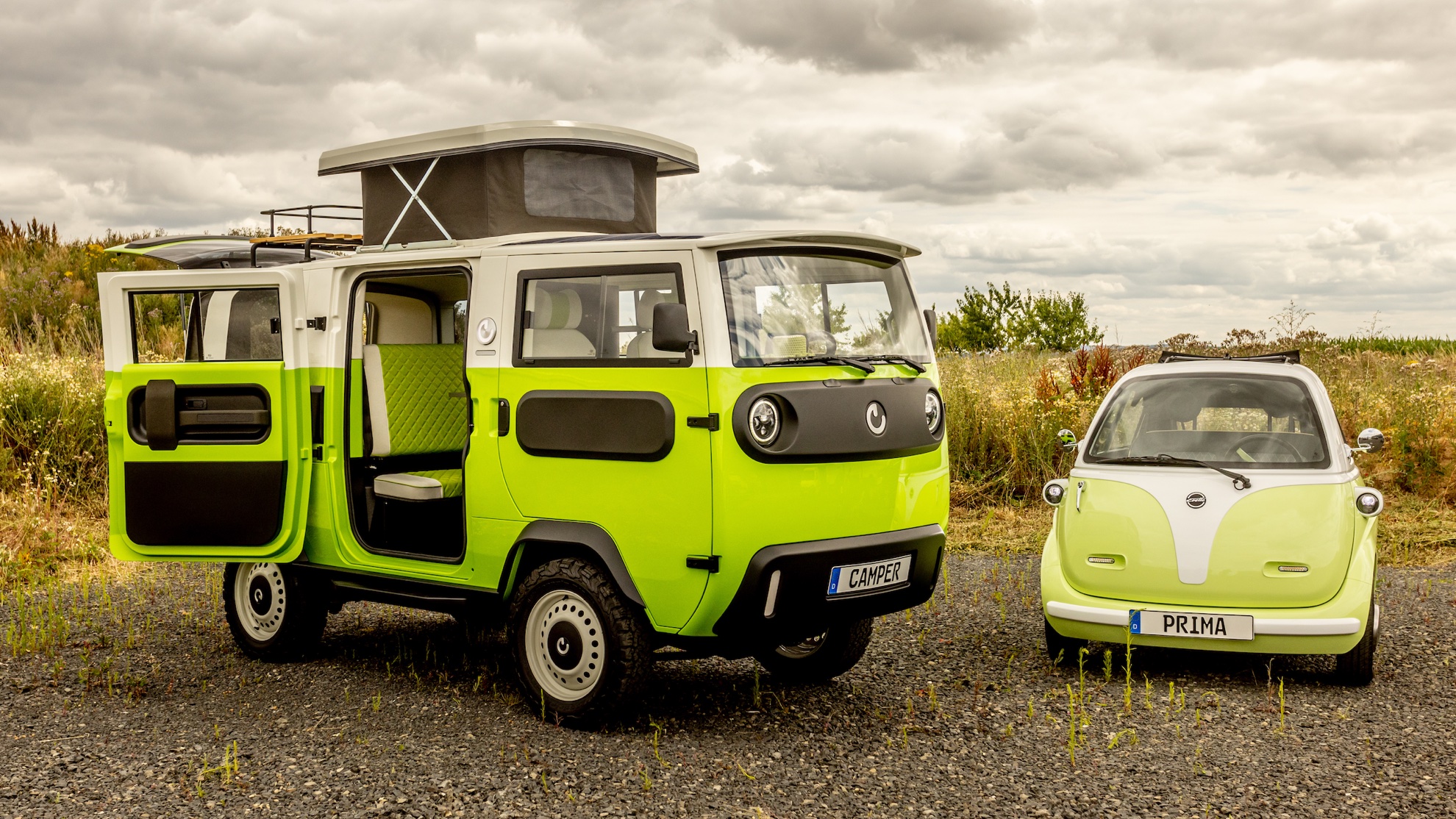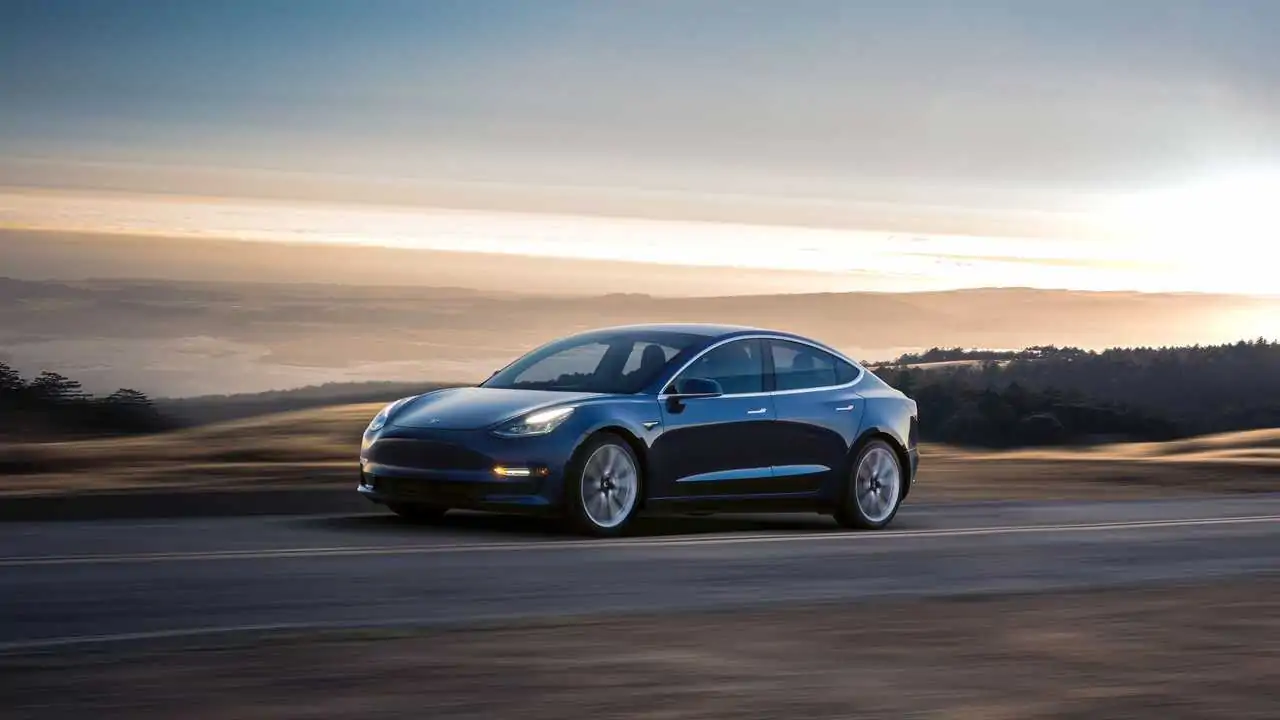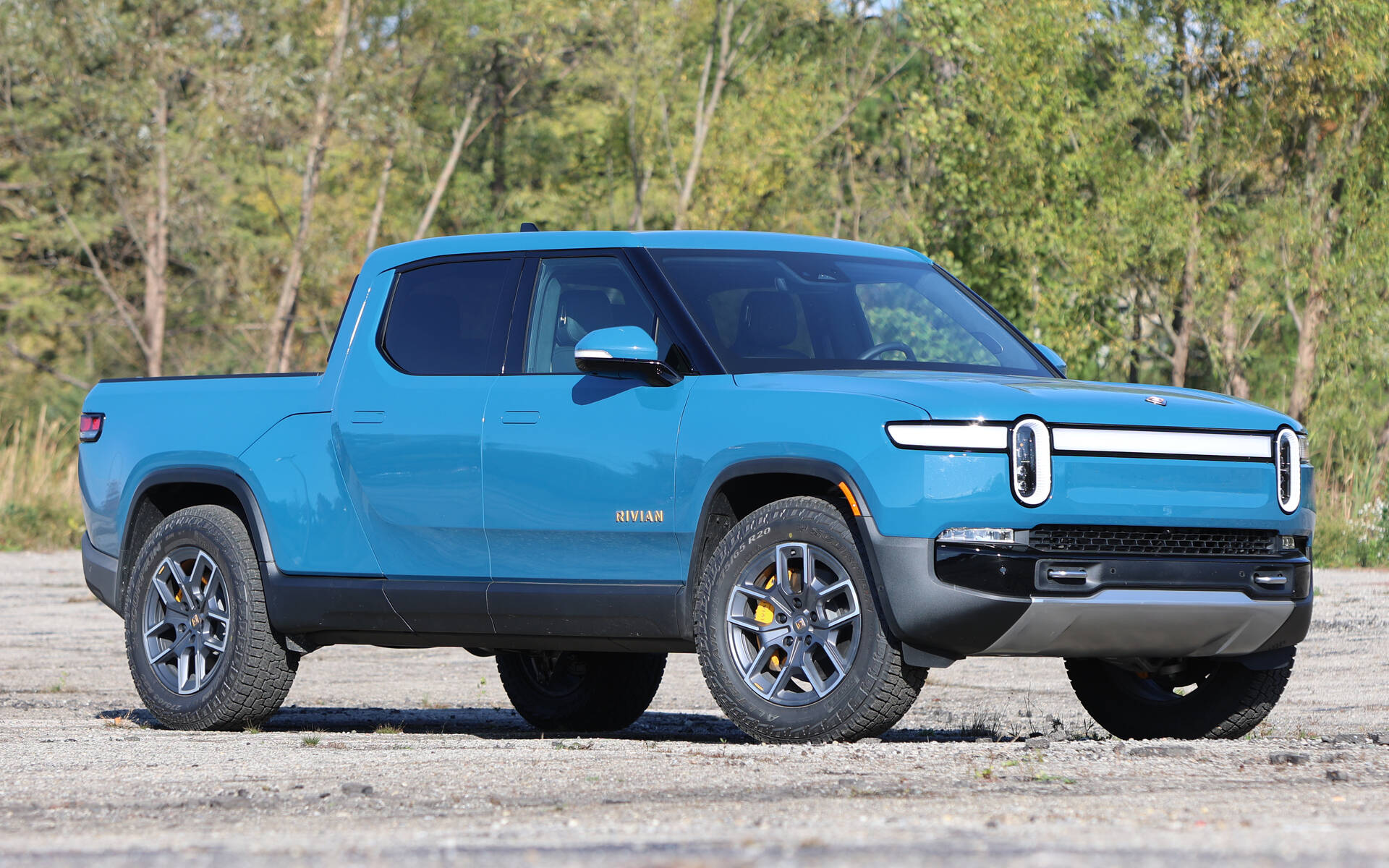Volkswagen ID Buzz:
This one might be obvious, but the VW Microbus from the 1960s and 1970s served as a major inspiration for Volkswagen's ID Buzz. Its bulbous shape, unique paint job options, large VW badge, front bonnet styling, and front lights all serve to highlight this. However, in keeping with the times, VW fitted it with a contemporary interior complete with a touch screen and other creature comforts, as well as a powerful 201 horsepower engine, which is a significant improvement over the vehicle's original 24 horsepower air-cooled engine.
1950 Volkswagen Microbus:
It was granted the Type 2 Moniker since it was the successor of the Type 1 Beetle, also known as the Transporter, Kombi, and Microbus. These automobiles used to retail for about £2000, but now they are extremely sought after and fetch top pay. During the 1960s, they were a symbol of the US counterculture and were frequently painted in surreal, psychedelic hues. Panel vans, microbuses, and two- and three-door pickup trucks were available. 1.1, 1.2, 1.5, and 1.6 liters.
Morris JE:

The Morris JE, which is scheduled for introduction in 2024, is directly inspired by the 1949 Morris J-Type. It's made for people who want to draw attention as they pass by and draw a crowd. You can choose between a van and a pickup, depending on what your business needs. It appears to have stepped out of the 1950s thanks to its two-tone paint job and chrome panelling, but LED lighting, a touchscreen, and a 250-mile battery help it maintain its current status.
1949 Morris J-Type:
Morris advertised their J-Type as a van, pickup, ice cream truck, tipper truck, and milk float to a variety of businesses back in the 1950s. Since it became so popular in the UK, the British Post Office purchased more than 6,000 J-Types starting in 1956. Rear wheels were powered by a 40bhp 1.4-liter four-cylinder engine that was taken from a Morris Oxford MO automobile and hidden under a chrome slat grille. It had a three-speed gearbox attached to it. Production ended in 1961, with over 48,600 units produced.
Volkswagen ABT e-Transporter:
It was the first Volkswagen electric van to be sold in the United Kingdom when it debuted back in 2020, competing with vehicles like the Mercedes-Benz e-Vito, Vauxhall Vivaro-e, and Peugeot e-Dispatch. Although the Transporter has been around since the 1950s, its fundamental body and overall appearance haven't changed much from the T4 version of the 1990s. It's evident that VW has maintained the e-Transporter's design while, naturally, adding more technology and shinier components to keep it modern.
1990 Volkswagen T4:

The Transporter T4 was the first in the VW van lineup to significantly alter that, even though it's not quite a classic. After the T3 replaced the air-cooled engines, VW introduced front-mounted engines for the Transporter, which ranged from 1.9-liter diesel to a potent 2.8-liter VR6. A four-wheel drive (Syncro) version was also available. After selling about 1.9 million units, the T4 was phased out in 2003 to make room for the T5.
1962 Austin FX4:
Since 1958, they have been in existence and are frequently referred to as "hackney carriages" or "black taxis." A business named Car bodies took over intellectual rights in 1982 and continued to produce the FX4 for Austin for a further two years after building it on his behalf. From then on, London Taxis International gained control and developed it until 1997. Seventy-five thousand FX4s were produced overall. Early models used an automated gearbox coupled to a 2.1-liter diesel engine. There was a 2.2-liter gasoline engine available starting in 1962, and a new 2.5-liter diesel engine replaced the diesel.
1977 Mercedes-Benz TN:
Transporter Neu, or "new" in German, was what TN stood for. Production totaled around 970,000 units between 1977 and 1995. Mercedes offered it in minibus, cargo box, flat cargo bed, and double cab configurations according on your needs, and three wheelbases with gross weight ratings ranging from 2.5 to 4.6 tons. There were four-wheel drive versions that employed modified G-Wagen parts, but the majority used rear-wheel drive. There were petrol and diesel engines available with power ratings ranging from 63 to 103 horsepower.
Crown xBus:

We observed that the 1979 Volkswagen Transporter T3 and the xBus had a similar appearance. Its straight sides, high suspension, and flat face, which includes round lights set within a plastic "grille," all resemble that of the Volkswagen. The xBus is 1.9 meters tall, 1.6 meters wide, and 3.9 meters long, exactly like a T3. Although demo vans are scheduled to be delivered in late 2023, production is scheduled to begin in mid-2024, thus it isn't driving around just yet.
1979 Volkswagen Transporter:
The Type 2 T3, which was manufactured between 1979 and 2002, was first offered with 2.0- and 1.6-liter air-cooled engines; later models had water-cooled engines. When the four-wheel drive "Syncro" versions were first released in 1985, they were equipped with a 1.9-liter engine producing 76 horsepower and a "4+G" gearbox—the G being a low gear meant for off-roading. When the 1980s rolled around, the US Army decided to employ T3s as non-tactical vehicles; in fact, they were given their designation: "Light Truck, Commercial." Volkswagen had produced more than 1.3 million T3s by 1985, with 180 markets receiving their sales.









.jpg)


